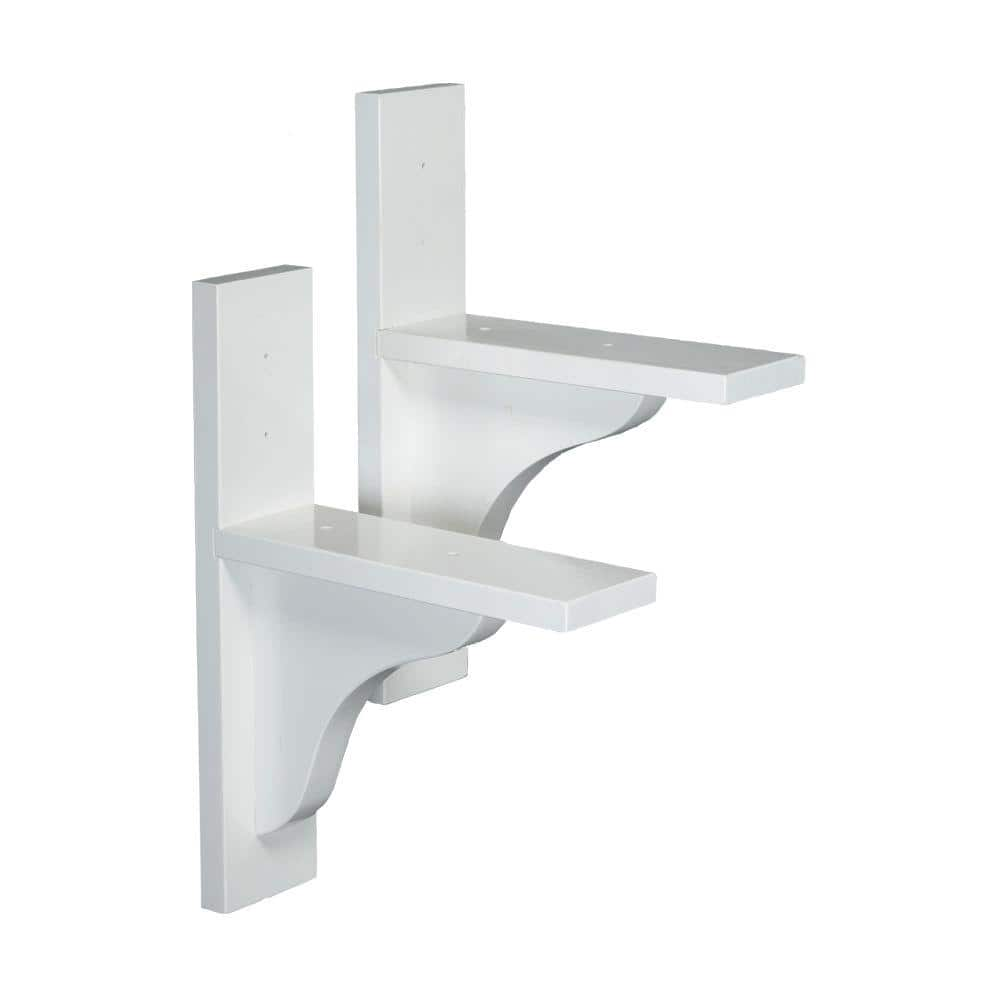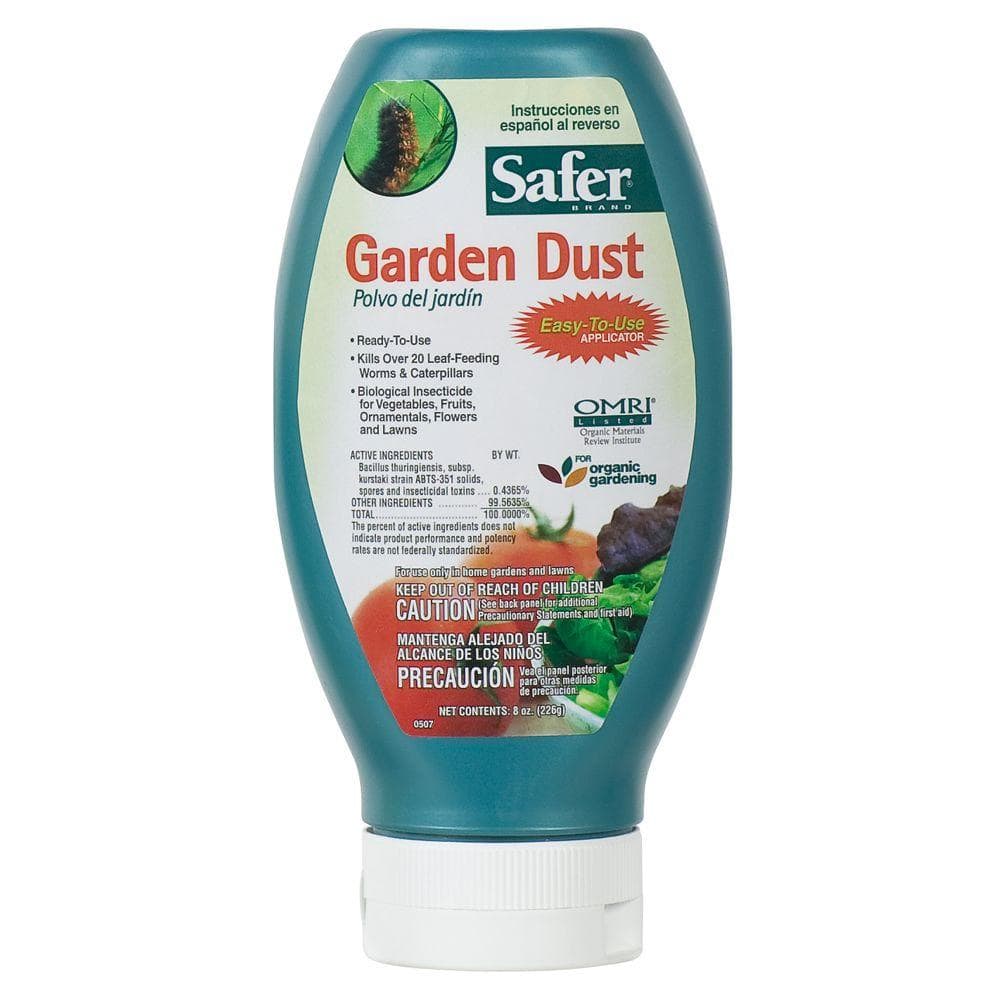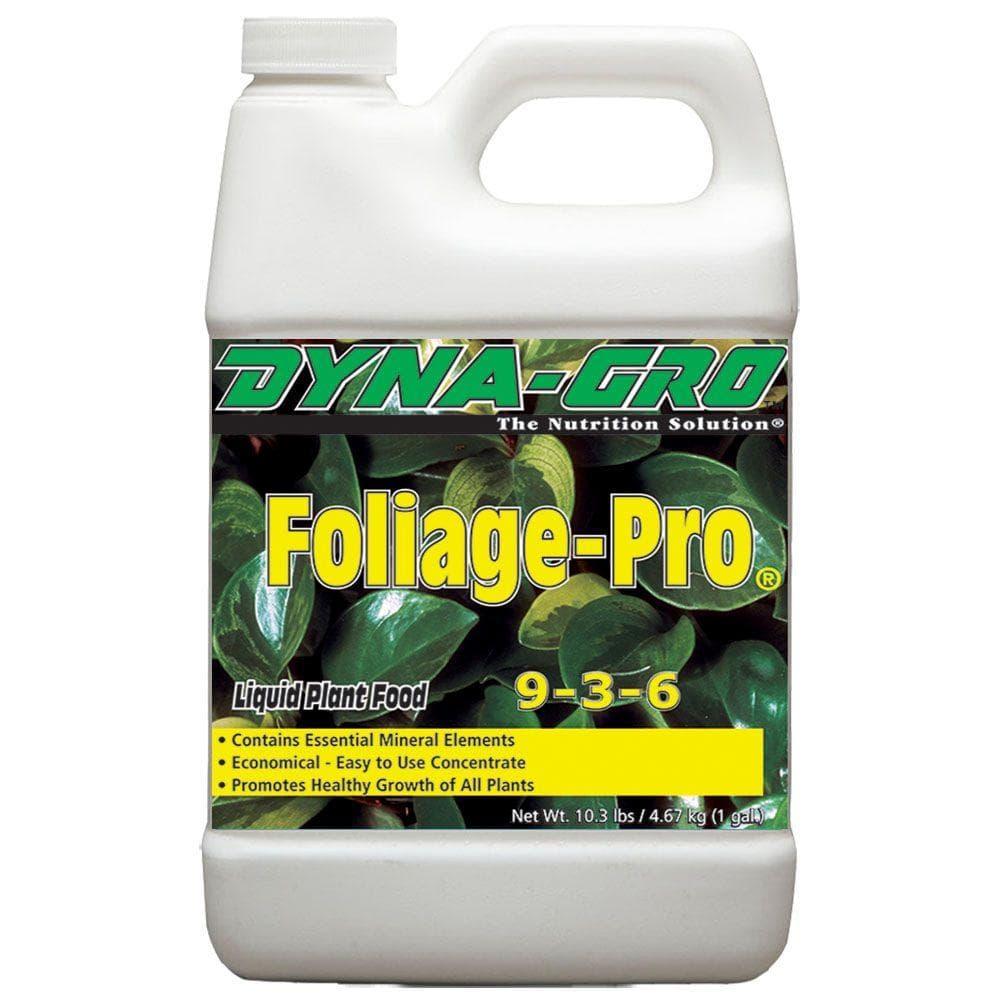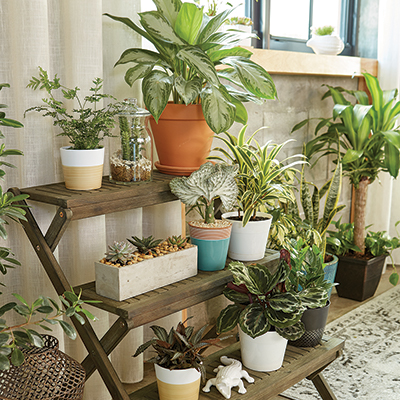Tips for Bringing Houseplants in for Winter
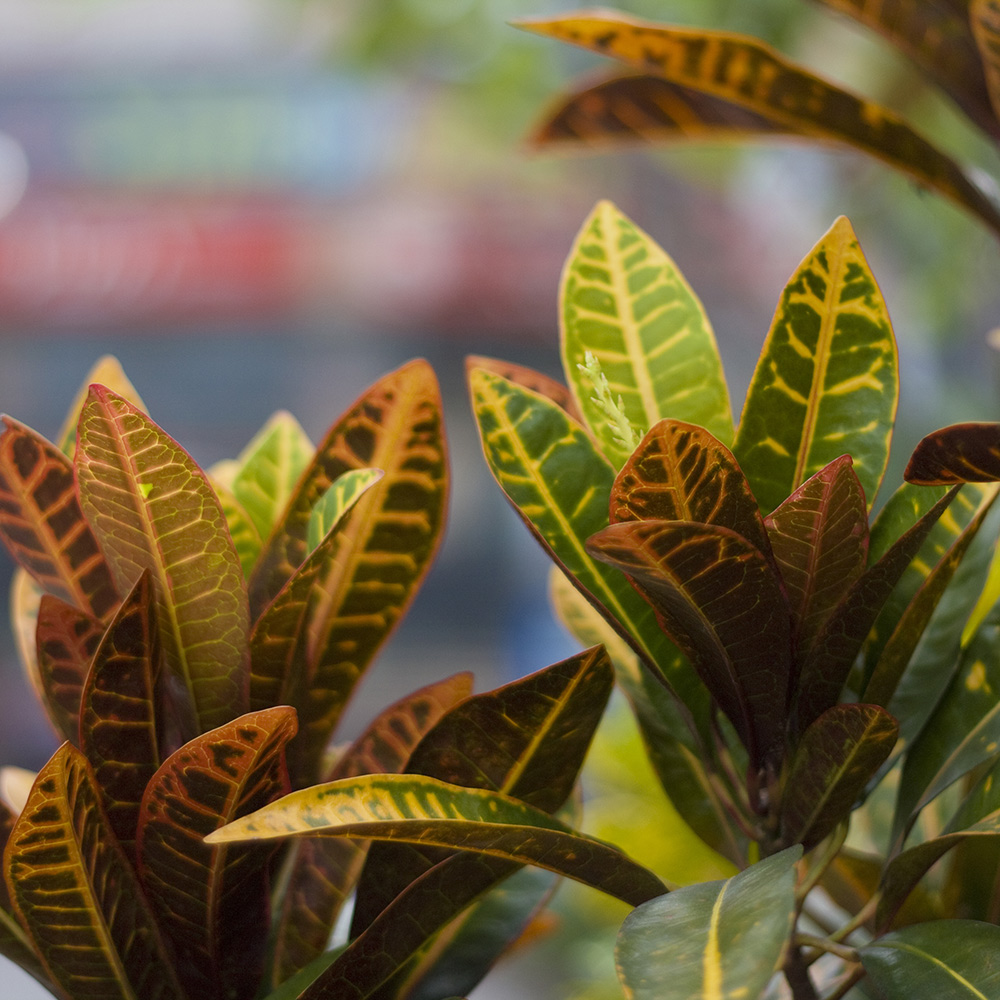
Last updated September 7, 2023
Many gardeners move their houseplants outside for the summer, treating them to a vacation in the fresh air and sunshine. But when the temperatures drop, and frost threatens, it’s time to bring them indoors.
Your plants won’t be happy with a sudden change, and may show it by dropping leaves, wilting, turning yellow, or even dying. Make the transition slow and gradual, and your green friends will settle in nicely for the fall and winter.
Aim to make the move before the thermometer dips to about 50 degrees Fahrenheit, and no lower than 45 degrees Fahrenheit. That kind of chilly condition will harm most indoor plants.
Table of Contents
Gardeners in Warm Winter Areas
Gardeners in Cold Winter Areas
Prep Your Windows
Check for Pests and Diseases
Raise the Humidity
Water, but Carefully
Gardeners in Warm Winter Areas

If you live where the winters are mild, you’re lucky; you can leave your plants outside year-round. But watch the weather and be prepared to cover them or bring them inside if unusually cold temperatures are forecast.
Many warm-winter gardeners can landscape with plants that the rest of us only get to enjoy as houseplants, including caladiums, bromeliads, poinsettias, crotons, sansevierias (also known as mother-in-law’s tongue), pothos, philodendrons, ficus and dracaena.
Gardeners in Cold Winter Areas

Gardeners who live in other parts of the country must prepare for fall and winter, and that can be rough on plants. Most will lose at least a few leaves when they come inside, where the light levels are lower.
To lessen the shock, move your plants from the garden to a sheltered porch first, or any other outdoor location that gets less sun than they’re used to. Let them stay there for about two weeks, and then bring them in. They’ll usually produce new leaves to replace the dropped ones, once they’ve adjusted.
Prep Your Windows

It’s smart to clean your windows (inside and outside) before bringing in your plants. Otherwise, the accumulated dirt and grime will reduce the amount of light they get.
If space is limited, add ceiling hooks and plant hangers to suspend a plant or two near the windows. You can also build a wide shelf to attach to the windowsills as a place for bigger pots. A plant stand offers more room, too.
If there’s not enough natural light, add grow lights and a timer, so your plants get about 16 hours of artificial light each day.
Check for Pests and Diseases
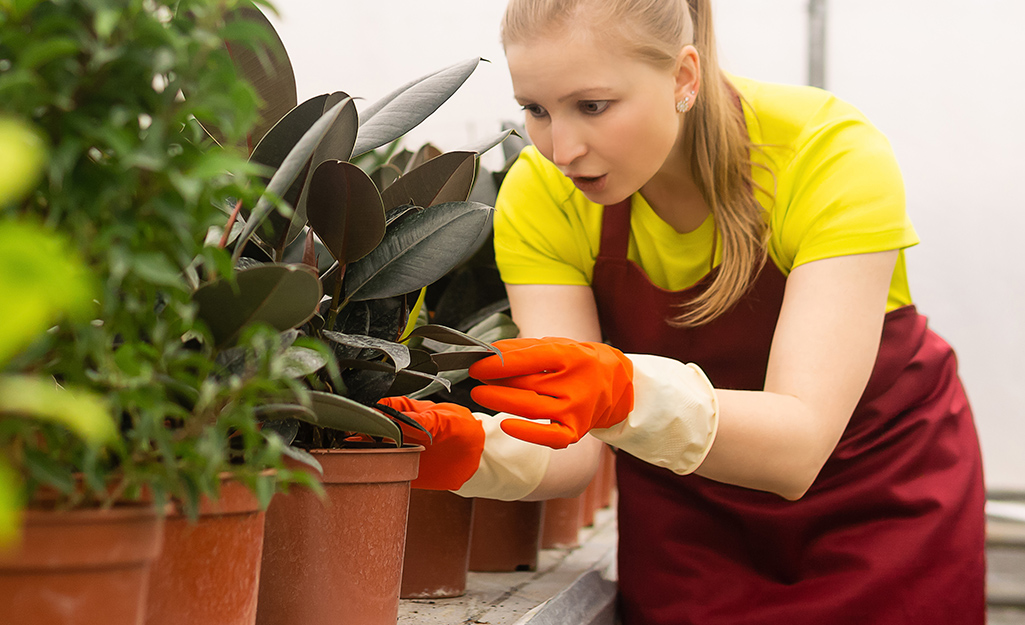
Don’t let unwanted hitchhikers into your home. Look closely at your plants and pots, and knock off visible bugs or slugs. Then soak the pots in lukewarm water for about 15 minutes to help drive out critters, or spray with insecticidal soap.
If you re-pot your plants next spring, put a piece of fine wire over the hole in the bottom of the pots, to help prevent bugs from returning.
If these measures aren’t enough, consider using a pesticide or fungicide to treat your specific problem. Always read and follow product directions carefully.
Raise the Humidity
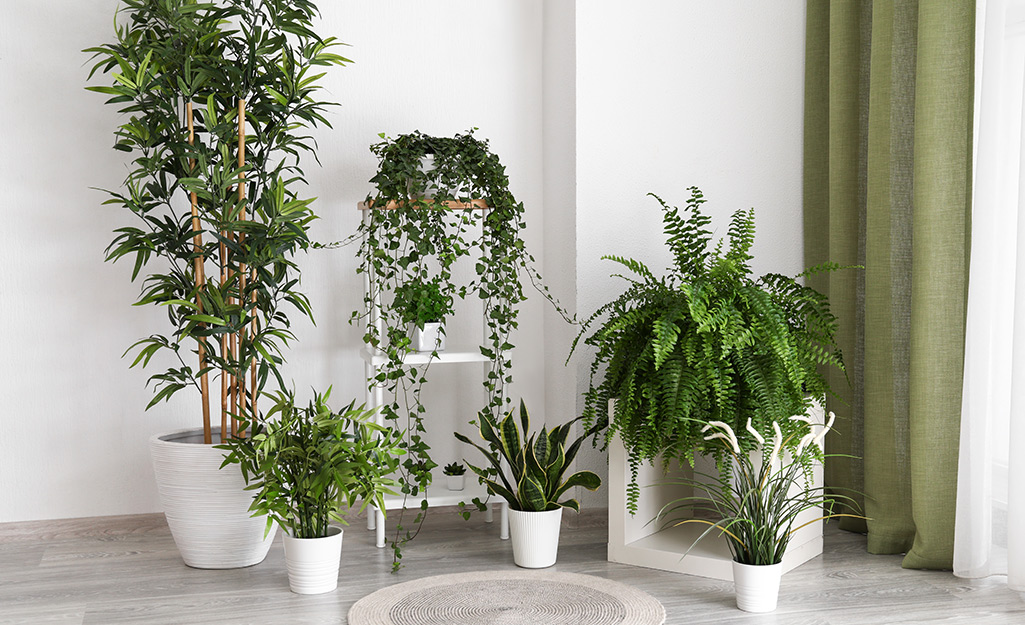
Now that your plants are safely indoors, help them adjust to the warmer, drier air in your home. You can raise the humidity around them by simply grouping them together, or by putting them in waterproof trays or saucers filled with pebbles and a little water.
Make sure the bottom of the pots don’t stand in the water, so the roots won’t rot. Add more water as it evaporates. A mister can also be used to spray the leaves. Protect any furniture the plants are sitting on with a sheet of plastic or a vinyl tablecloth.
Water, but Carefully
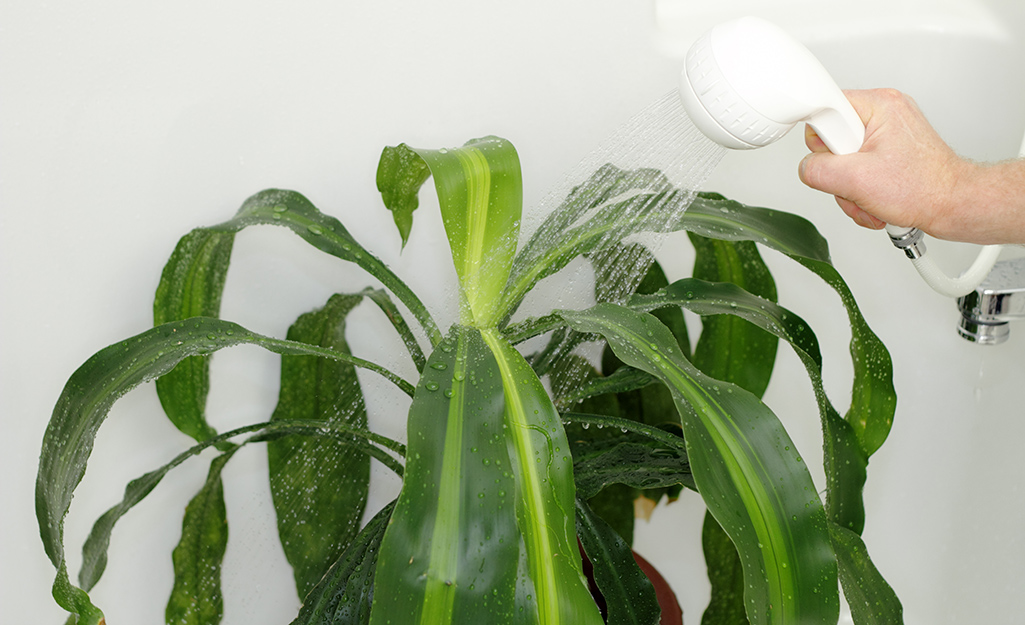
Although most plants won’t put on a lot of new growth while they’re indoors, they still need water. Water when the surface of the soil feels dry, and use enough so that the water drains out of the pot and into the tray underneath. Remember not to let the roots stand in water, so drain some of it out, if necessary.
You can even place large houseplants in a shower or bathtub for a good soak.
Succulents need less water than most houseplants. If the weather is cloudy or rainy, wait a bit longer than usual to water, as your plants won’t dry out as fast as on sunny days.
If They’re Too Big to Bring Inside....
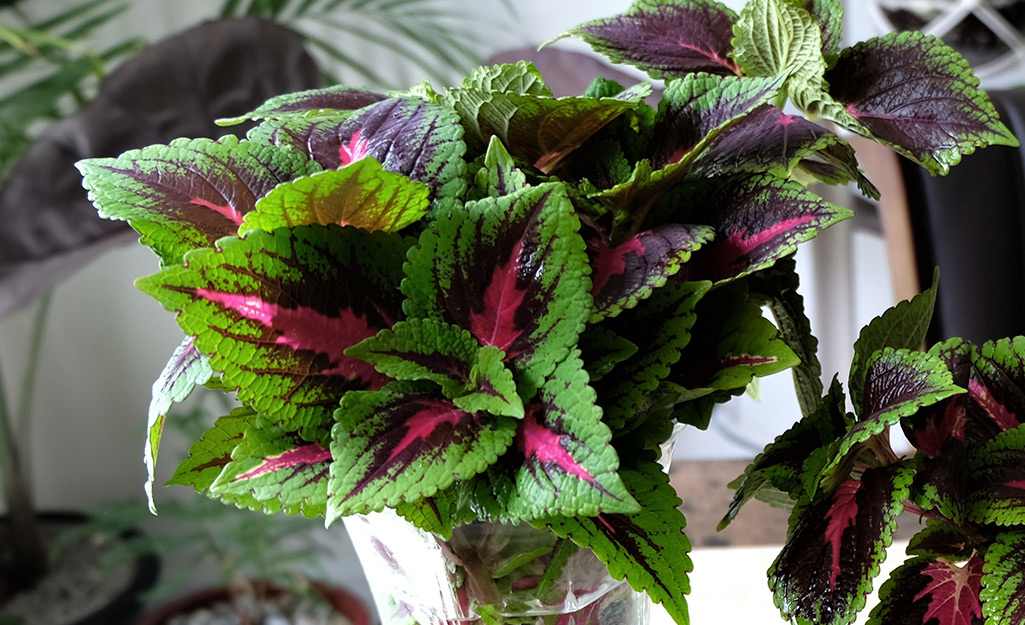
If your plants have simply gotten too big to bring indoors, try taking cuttings. Annuals like begonias, impatiens and coleus root easily in water, and you can transplant them into small pots, filled with a quality potting soil, once they have developed good roots.
Geraniums and other flowering plants can also be overwintered from cuttings dipped in rooting hormone, and grown in potting soil. When the weather warms up again, you can send them your plants back into the garden for another nice vacation.
Whether you need the right planters, indoor plants or potting soil, The Home Depot delivers online orders when and where you need them.
